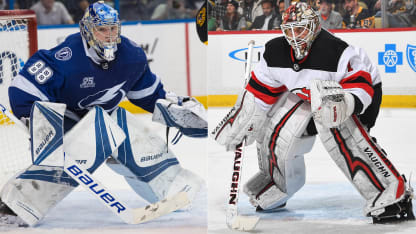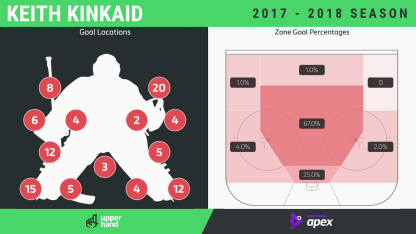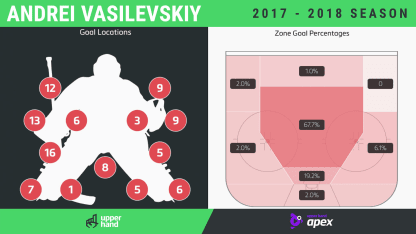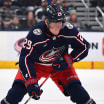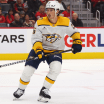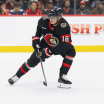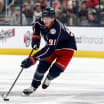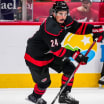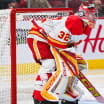Blocker side: Vasilevskiy's splits from glove to blocker sides are jarring, even if they aren't as representative in the way a save percentage would be. The mid- and high-blocker total of 25 percent is 7.6 percent above the tracked average during the past two seasons, but when you add the 16 low-blocker goals and six under the arm on that side, Vasilevskiy gave up 47 percent of the tracked goals over the pads on that side. That's 16 percent above average. What's behind it? Almost every goalie moves better to one side than the other and, for most, the blocker side is the weaker of the two. In Vasilevskiy's case, we can see some of the issues in his left-to-right movement in his biggest highlight-reel moments this season: Twice he spun around his upper body to glove shots behind his back while moving to his right. They were spectacular saves, but also a sign of increased counter-rotation. His lower body was moving one way and his upper body was twisting the other, a characteristic that is more prevalent in his left-to-right movement.While he's such an incredible athlete that he can still react from these positions, they are far from ideal.
Go high: Textbook or not, Vasilevskiy's explosive power and ability to tap into it, even when his body is already extended, is up there with the most athletic goalies in the NHL. As a result, it's no surprise he doesn't give up many goals along the ice outside his skates. His powerful pushes with long legs helps Vasilevskiy counter the tap-in goals that are usually a staple of scores from outside the skates.
Low shots in traffic: Vasilevskiy tries to find pucks at the point by looking above the traffic in front of his crease. The delay getting back down costs him on some low shots under the pads.
Notable numbers: Nine of the 100 tracked goals were from bad angles or below the goal line, a trend explained by a variety of factors. Vasilevskiy likes to put one skate on each post with the puck behind the goal, which takes away the entire bottom of the net but adds delays when moving off the posts, a factor in some of the 11 low-high goals allowed on passes originating from behind the net and into the slot.
